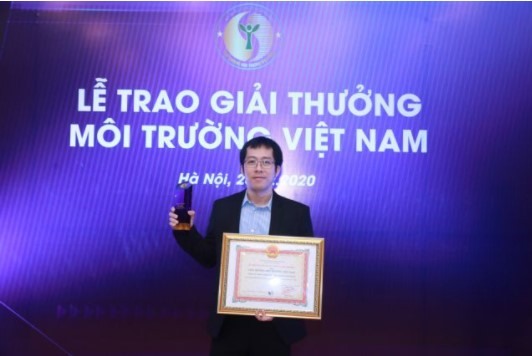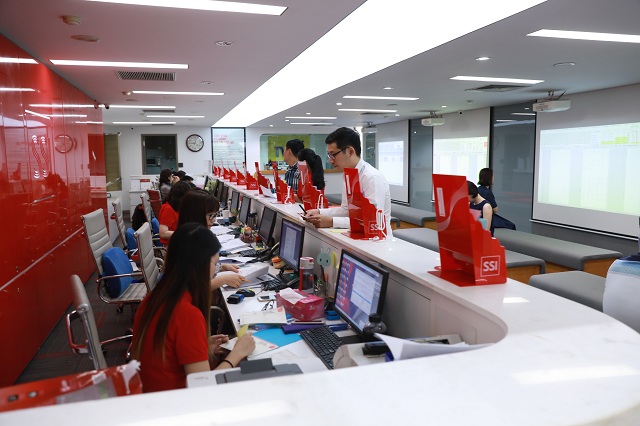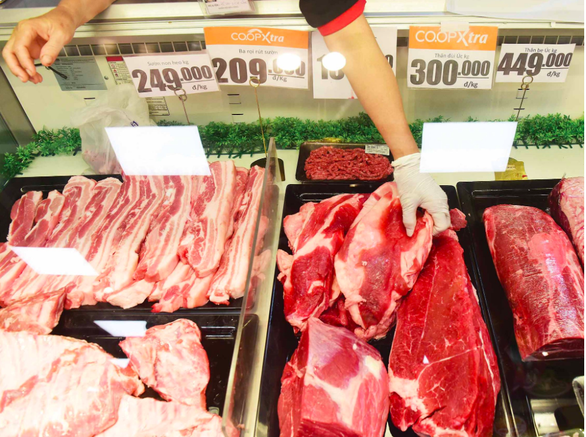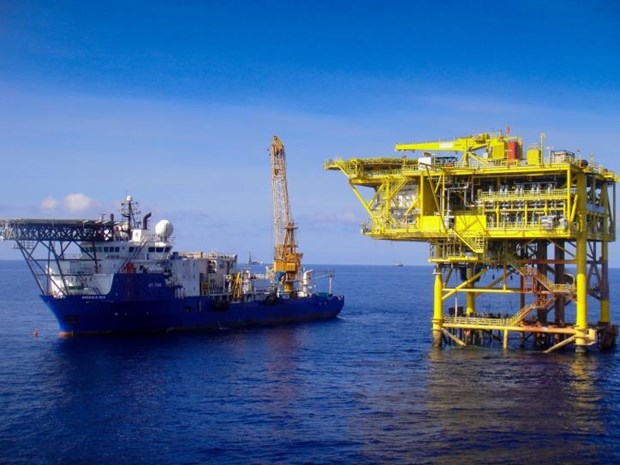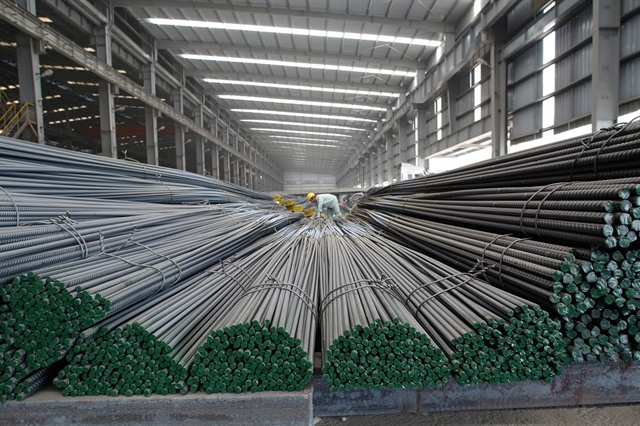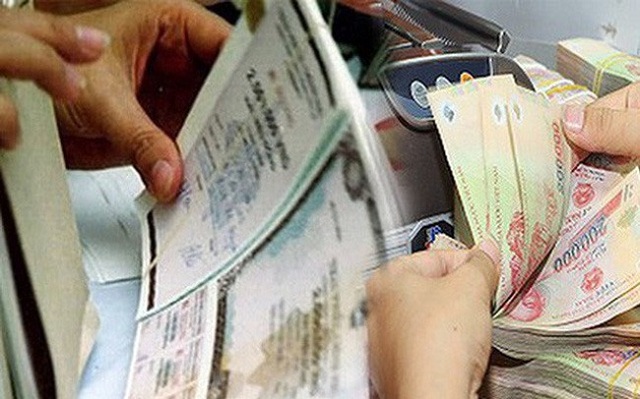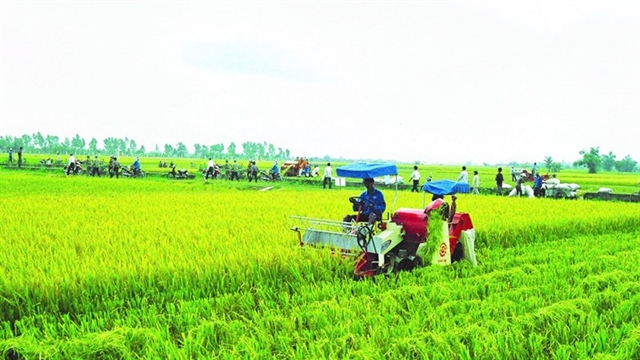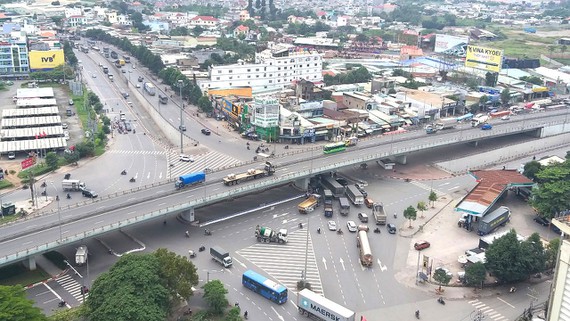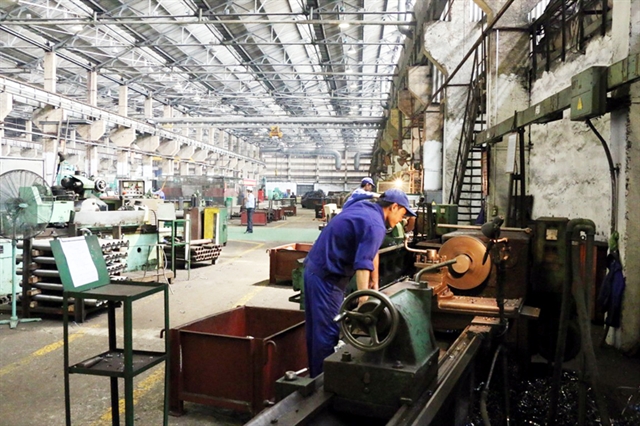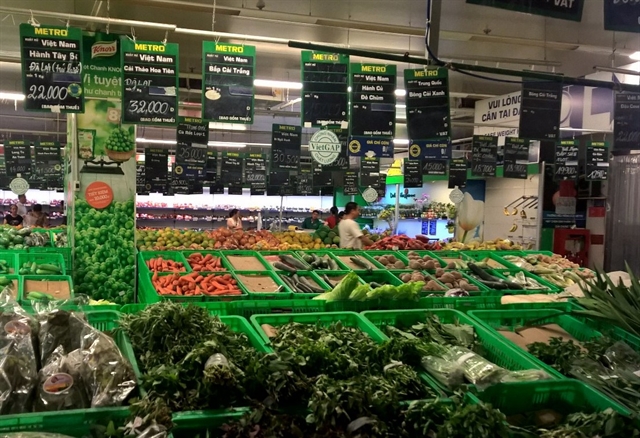
HÀ NỘI — Việt Nam this year has achieved a gross domestic product (GDP) growth of 2.91 per cent, an impressive figure despite the impact of the COVID-19 pandemic, according to the General Statistics Office (GSO).
"This year's GDP growth rate was the lowest during the 2011-20 period due to the COVID-19 pandemic. However, Việt Nam’s growth remains among the world’s highest," GSO director general Nguyễn Thị Hương told the press on Sunday.
Việt Nam’s growth rate being among the highest in the world is testament to the determination of the Government as well as efforts by people and the business community to effectively realise the dual goals of pandemic prevention and economic recovery, Hương said.
Specifically, it expanded by 3.68 per cent in the first quarter, 0.39 per cent in the second quarter, 2.69 per cent in the third quarter and 4.48 per cent in the fourth quarter.
She said many factors have created a driving force for domestic economic development in the last quarter, including strict control of COVID-19 and the EU-Việt Nam Free Trade Agreement (EVFTA) effective from August 1, contributing to GDP growth in the fourth quarter.
According to Hương, the agro-forestry-fisheries sector has grown by 2.68 per cent, contributing 13.5 per cent to national GDP.
This figure has surged by 3.98 per cent in the industry and construction sector, contributing 53 per cent to the domestic economy.
The manufacturing and processing sector has played a key role in leading growth of the economy with a 5.82 per cent rise.
The electricity production and distribution sector has had growth of 3.92 per cent, while water supply and waste treatment rose 5.51 per cent. But the mining sector fell 5.62 per cent.
The service sector has posted the lowest growth in nine years with 2.34 per cent due to the pandemic. It saw the contributions of wholesale and retail sales (up 5.53 per cent), finance-banking-insurance (up 6.87 per cent), transport and logistics (down 1.88 per cent) and accommodation and restaurants (down 14.68 per cent).
Regarding economic structure, agro-forestry-fisheries have accounted for 14.85 per cent, industry and construction 33.72 per cent, and services 41.63 per cent.
The Government has set a target of securing a GDP growth rate of approximately 6 per cent in 2021. It is a challenging task for Việt Nam, according to the GSO, as the Vietnamese economy’s openness is comparatively high, making it vulnerable to any market fluctuations, alongside drastic changes in the regional and global geopolitical landscape.
In addition, the COVID-19 pandemic is not over, which is expected to exert further negative impact on all economies, including Việt Nam.
Success in inflation control
Also at the press conference, Hương said that 2020 is considered a year of success in inflation control. The 2020 consumer price index (CPI) has risen by 3.23 per cent from 2019.
Of which, the CPI in December went up 0.1 per cent month-on-month and 0.19 per cent year-on-year.
Explaining the price hike this year, head of the GSO’s Price Statistics Department Đỗ Thị Ngọc said due to high shopping demand during the Lunar New Year (Tết) Festival from January-February, food prices increased by 4.51 per cent annually, bringing up the CPI by 0.17 per cent. Pork prices also moved up the CPI by 1.94 per cent due to unstable supply.
Rainfall and floods in the central region during October-November also hiked prices of fresh, dried and processed vegetables.
Other increases were also seen in the prices of medical supplies and education services.
Meanwhile, falling prices in oil and gas, flight tickets and electricity due to the COVID-19 pandemic curbed the CPI rise.
According to the GSO, core inflation (CPI excluding food items, energy products and commodities under the State management like medical and educational services) this year has climbed by 2.31 per cent year on year.
The core inflation dropped from 3.25 per cent in January to 0.99 per cent in December, which proved the efficiency of the State Bank’s monetary policy this year. — VNS
